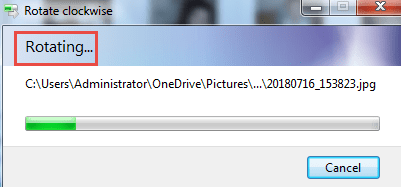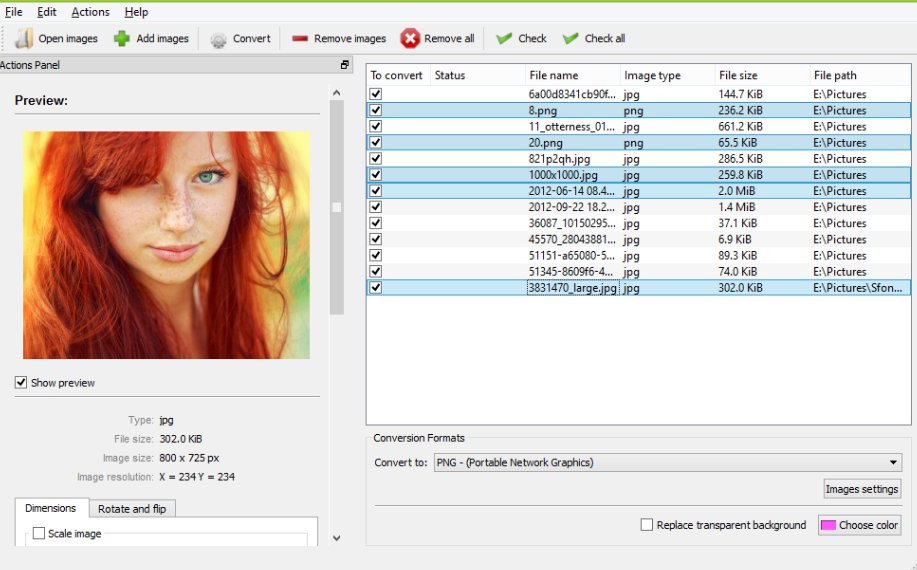

- #EASYHDR ROTATE IMAGE HDR SEQUENCE BATCH FULL VERSION#
- #EASYHDR ROTATE IMAGE HDR SEQUENCE BATCH UPDATE#
- #EASYHDR ROTATE IMAGE HDR SEQUENCE BATCH SOFTWARE#
If you are not satisfied with EasyHDR 3, you can find an alternative HDR software from the following recommendations. Don’t forget to search for EasyHDR 3 coupon code.

#EASYHDR ROTATE IMAGE HDR SEQUENCE BATCH FULL VERSION#
Before you buy EasyHDR 3 full version license, you can download EasyHDR 3 demo to try its free version first. You can use the EasyHDR 3 Home license for non-profit use or try the EasyHDR 3 Commercial version with $55 instead. EasyHDR Price:ĮasyHDR 3 is available for both Windows and Mac computers.

The EasyHDR demo version doesn’t allow users to save HDR in TIFF format. There is no post-processing tool in EasyHDR HDR software.ģ. EasyHDR lacks the undo feature in HDR editing.Ģ. Compatible with images in JPEG, TIFF 8/16/32-bit, PNG, FITS, Radiance RGBE, OpenEXR, and almost all digital camera RAW formats. Fast process a large number of images into HDRs in batch.Ħ. EasyHDR can work as a standalone HDR photo editor or Adobe Lightroom plugin.Ĥ.
#EASYHDR ROTATE IMAGE HDR SEQUENCE BATCH UPDATE#
Update lens connection, chromatic aberration correction, and other HDR parameters.ģ. Make realistic and dramatic HDR images with the tone mapping algorithm.Ģ. You can merge and enhance HDR images by using the HDR maker. The latest EasyHDR 3.16 version also has minor bugs and releases new features for HDR editing. With advanced HDR image processing techniques, you can merge the differently exposed images into an HDR photograph with ease. The development of FISH technology in the past two decades has brought cytogenetics into the molecular era, and made the “colored bodies” more colorful and brighter.EasyHDR can recreate an image that is close to what you see with the naked eye. Using interphase FISH, genomic alterations can be studied in virtually all types of human tissues at any stage of cell division, without the need of cell culture and chromosome preparation. With the current FISH techniques, deletion or rearrangement of a single gene can be detected, cryptic chromosome translocations can be visualized, the copy number of oncogenes amplified in tumor cells can be assessed, and very complex rearrangements can be fully characterized. Many new FISH techniques have been developed, including primed in situ labeling (PRINS ), fiber FISH (11,12), comparative genomic hybridization (CGH) (13), chromosome microdissection (14,15), spectral karyotyping (SKY ), Multiple color FISH (M-FISH ), color banding (19), FISH with multiple subtelomeric probes (20), and arraybased CGH (21,22). At the same time, numerous DNA probes have been commercialized, further promoting the wide-spread clinical applications of molecular cytogenetics. Soon, this technology was utilized for the characterization of chromosomal rearrangements and marker chromosomes (5,6), the detection of microdeletions (7), and the prenatal diagnosis of common aneuploidies (8,9) in clinical cytogenetics laboratories. Fluorescent in situ hybridization (FISH) was initially developed in the late 1980s from radioactive hybridization procedures used for mapping human genes (1–4). The word “chromosome” was introduced over a century ago from the Greek language meaning “colored body.” While cytogenetics refers to the study of chromosomes, the term molecular cytogenetics is used to describe the analysis of genomic alterations using mainly in situ hybridization based technology.


 0 kommentar(er)
0 kommentar(er)
